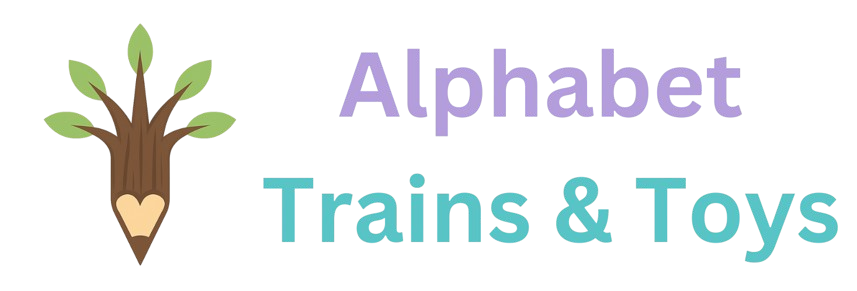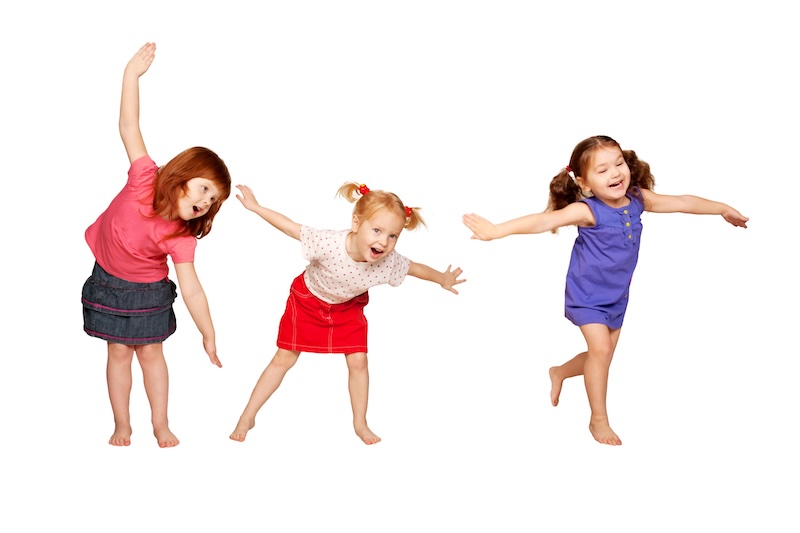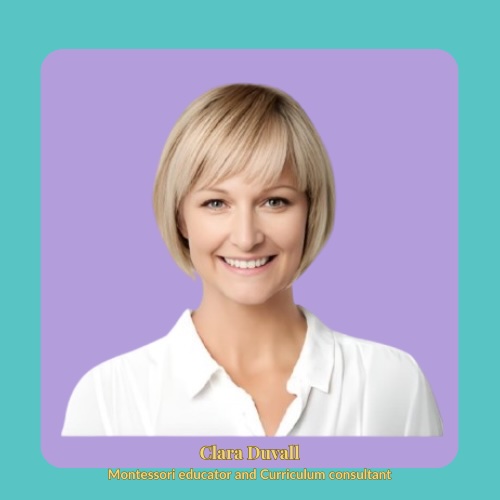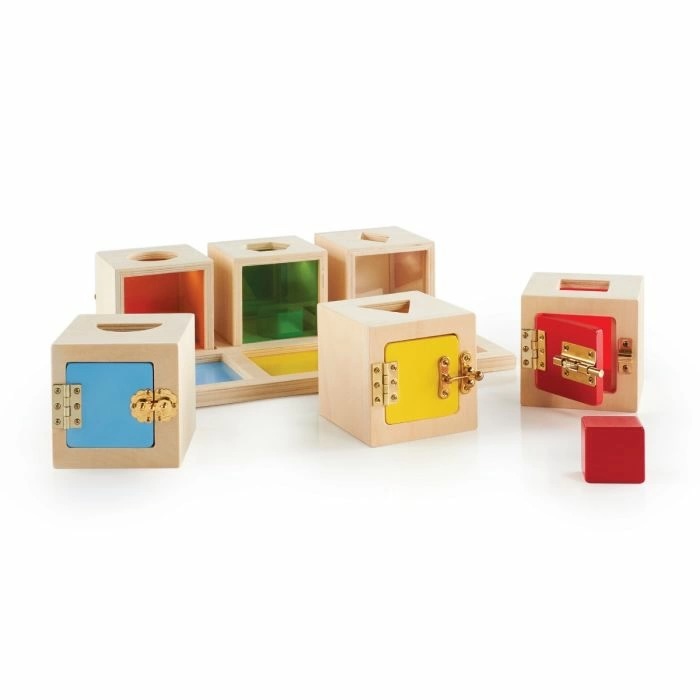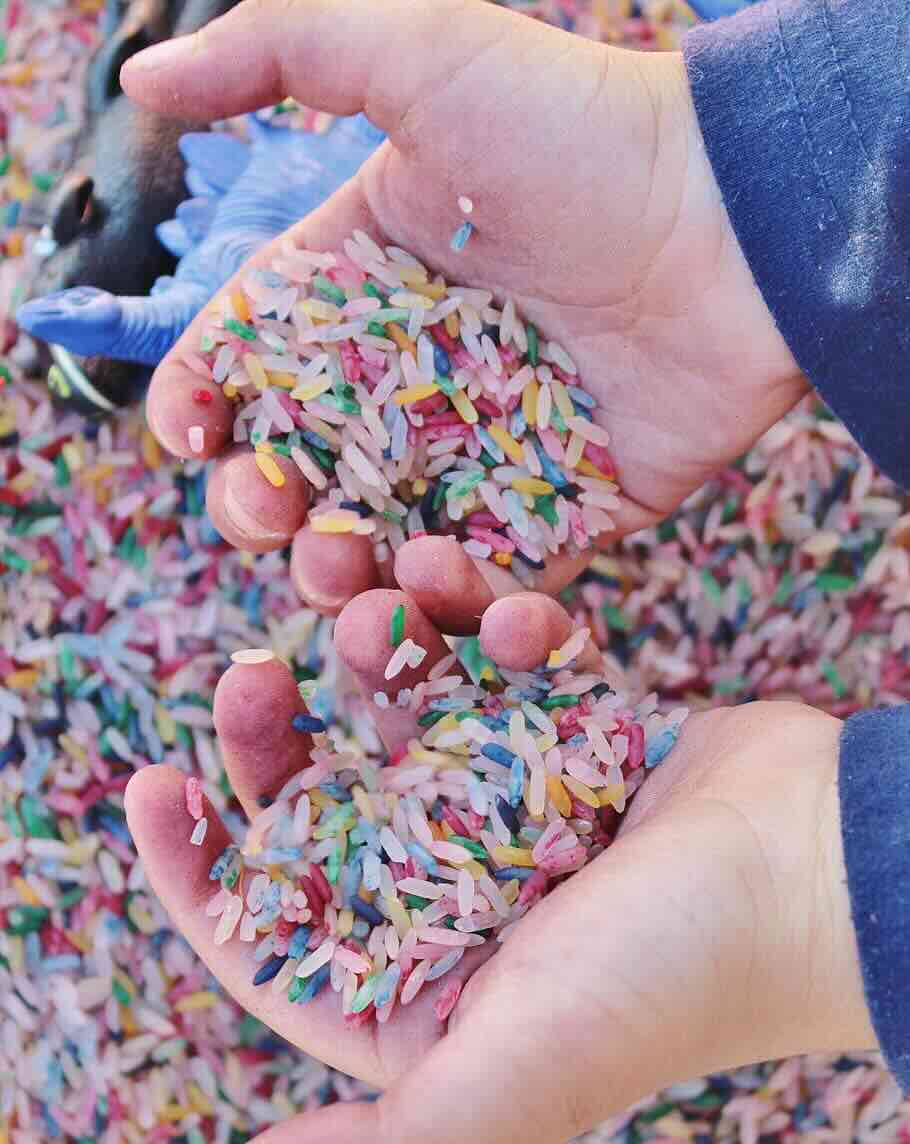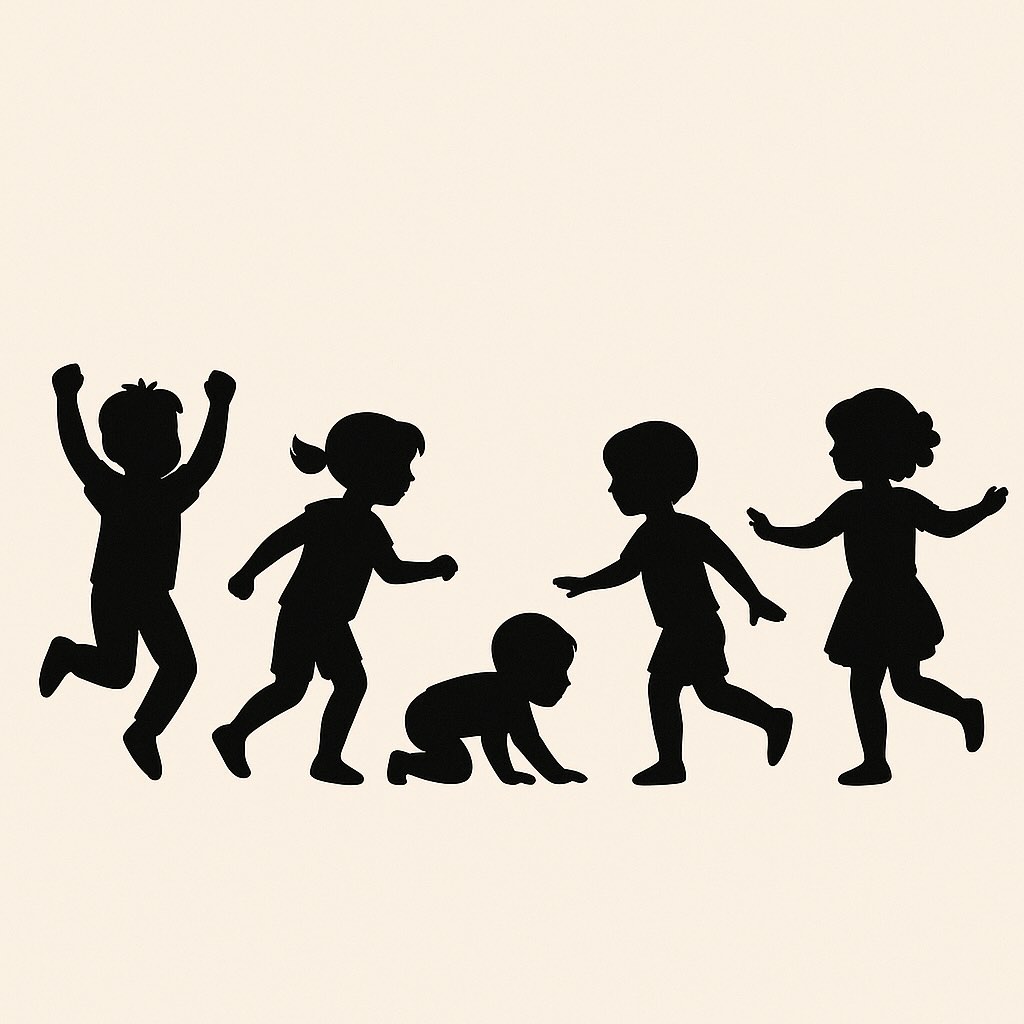51 Montessori-Inspired Dance Games for Kids
Transform movement time into joyful learning with activities that build coordination, creativity, and confidence
🌟 Filter by age • Minimal materials • 5-15 minutes each
🎯 Movement Learning Starts with the Right Tools
These dance games work even better when paired with Montessori toys that build coordination, balance, and motor skills. Our customers love combining movement activities with hands-on learning tools.
Shop Montessori Movement Toys⚡ Why Dance Games Matter for Development
Research from Northern Illinois University's Child Development Center shows that movement-based learning enhances cognitive development, emotional regulation, and social skills in children ages 2-8. These Montessori-aligned dance games go beyond physical activity—they build executive function, body awareness, and creative confidence.
🎯 Filter Games By Age
Click an age group to see activities perfect for that developmental stage
Gross Motor Skills
Coordination, balance, and body control through intentional movement
Emotional Intelligence
Self-expression, mood regulation, and empathy development
Cognitive Growth
Memory, sequencing, pattern recognition, and following multi-step directions
🎶 The Complete Collection: 51 Dance Games
1Freeze Dance with Classical Music Ages 2-8
How to Play: Play classical music, allowing children to move freely. When the music stops, everyone freezes in place. Vary the freeze duration from 3 seconds to 10 seconds to challenge different ages.
2Animal Movement Exploration Ages 2-5
How to Play: Call out animals for children to embody through movement. "Hop like a frog," "stretch like a cat," "stomp like an elephant." Encourage authentic sound effects and creative interpretation.
3Scarf Flow Dance Ages 2-8
How to Play: Provide each child with a scarf. Play flowing music and let them explore dance patterns—waves, loops, figure-eights, and spirals. Demonstrate basic movements, then encourage individual creativity.
4Partner Mirror Dance Ages 3-8
How to Play: Pair up children. One child leads with slow, deliberate movements while their partner mirrors them exactly. Switch roles every 2 minutes. Progress to faster movements as children master the basic concept.
5Yoga Flow Dance Ages 3-8
How to Play: Introduce simple yoga poses (tree, downward dog, warrior, butterfly) and integrate them into fluid dance movements. Transition smoothly between poses with music. Hold each pose for 5-10 seconds.
6Color Recognition Dance Ages 2-5
How to Play: Call out colors, prompting children to hop to the corresponding colored mat. Add complexity: "Hop to red, then slide to blue." Integrate dance moves as they transition between colors.
7Seasonal Movement Story Ages 3-8
How to Play: Use sounds representing seasons (spring rain, summer breeze, autumn leaves, winter wind). Children dance as elements of that season. Spring: grow like flowers. Summer: swim like in water. Fall: fall like leaves. Winter: swirl like snowflakes.
8Body Part Isolation Dance Ages 2-5
How to Play: Call out specific body parts ("right foot," "left hand," "head," "shoulders"). Children dance by moving only that body part while keeping the rest still. Progress to combinations: "right hand and left foot."
9Balance Challenge Dance 9Balance Challenge Dance Ages 3-8
How to Play: Children balance an object on their head or shoulder while dancing. Start with slow movements, progress to faster music. Challenge: Can they squat down and stand up without dropping it?
10Balloon Keep-Up Dance Ages 2-8
How to Play: Play music and challenge children to keep balloons in the air by tapping them with different body parts. Call out: "Use only your elbows!" or "Keep it up with your knees!"
Looking for more gross motor ideas? Try these Montessori Indoor Movement Activities for Preschoolers.
11Circle Formation Dance Ages 3-8
How to Play: Form a circle with children holding hands. Dance in a circle to the rhythm, varying speed (slow march, medium walk, fast skip). Try: moving inward/outward, raising/lowering hands, clockwise/counterclockwise.
12Freeze Sculptures Ages 2-8
How to Play: Children dance freely. When music stops, call out a specific "sculpture" pose: "starfish" (arms and legs wide), "ball" (curled tight), "tree" (standing on one leg), "bridge" (backbend if able).
13Shadow Follower Dance Ages 3-8
How to Play: Partner children. One performs dance movements while the other acts as their "shadow," mimicking moves with a 1-second delay. Switch roles every 2 minutes. Advanced: Use real shadows from a lamp or sunlight.
14Bubble Pop Dance Ages 2-5
How to Play: Blow bubbles continuously. Children dance around trying to pop them with specific body parts: elbows, knees, nose, toes. Call out which body part to use, or let them choose.
15Story Movement Interpretation Ages 3-8
How to Play: Read a story aloud. Children act out parts through dance movements, expressing different characters or events. Pause at key moments to let them improvise movements. Example: "The tree grew tall" (stretch up), "The rabbit hopped away" (jumping).
🌟 Enhance Story Time with Movement
After playing Story Movement Interpretation, extend the learning with personalized storybooks ($24.99-$29.99) where your child becomes the main character. Children who act out their own stories develop stronger narrative comprehension and emotional connection to reading!
Shop Personalized Books16Emotion Expression Dance Ages 3-8
How to Play: Play music representing a mood. Encourage children to express that emotion through movement. Happy = jumping, excited = spinning, sad = slow swaying, calm = gentle flowing. Discuss: "How did your body feel when expressing sadness?"
17Counting Choreography Ages 3-8
How to Play: Instruct children to take a set number of dance steps. "Three hops forward, two slides right, four taps in place." Repeat patterns. Increase complexity as they master sequences.
18Tempo Change Dance Ages 2-8
How to Play: Play music alternating between fast and slow tempos. Children change movement speed to match. Slow = stretching/reaching, Fast = jumping/spinning. Use visual cues (turtle = slow, cheetah = fast) for younger children.
19Shape Formation Dance Ages 3-8
How to Play: Call out shapes. Children try to make the shape with their bodies individually or work together as a group to form large shapes. Circle = holding hands in round formation, Triangle = three children at each point, Square = four children at corners.
20Ribbon Flow Dance Ages 3-8
How to Play: Give each child a ribbon stick. Play flowing music. Encourage creating shapes in the air: circles, figure-eights, waves, spirals. Can they write their initials in the air with the ribbon?
Engage & Educate with Montessori Sorting Toys!
Encourage problem-solving and fine motor skills with our Montessori Sorting Toys. These toys are crafted to promote hands-on learning, helping children develop critical thinking while having fun.
Discover Montessori Sorting Toys21Glow Stick Evening Dance Ages 3-8
How to Play: Give each child a glow stick. Play calming music in a darkened space. Children explore movements while watching light trails created by their motions. Try: slow spirals, fast zig-zags, writing letters in the air.
22Instrumental Rhythm Dance Ages 3-8
How to Play: Children play instruments while dancing, creating rhythms that match their movements. Heavy stomps = loud drum beats, light tiptoeing = soft shaker sounds. Half the class plays, half dances, then switch.
23Alphabet Body Letters Ages 2-8
How to Play: Call out letters of the alphabet. Children use their bodies to form the shapes of those letters while dancing. Can they spell their name with their body? Start with simple letters (I, L, T, O) before complex ones (M, W, K).
24Rhythm Stick Patterns Ages 3-8
How to Play: Give each child a pair of sticks to tap together as they dance. Create patterns: tap-tap-pause, tap-slide-jump. Children follow the beat of music or create their own rhythms. Seated version: Tap sticks on floor in patterns while swaying.
25Stretch and Reach Dance Ages 2-8
How to Play: Play music and encourage children to stretch different parts of their bodies as they move. "Reach high to pick apples," "stretch wide like a starfish," "curl small like a seed, then grow tall like a sunflower." Focus on gentle stretching and balance.
🌟 Top 5 Montessori Toys That Build Motor Skills Through Play
Want to extend these movement activities? These Montessori toys support the same developmental goals as dance games—coordination, balance, fine motor skills, and spatial awareness.
| Toy | Age Range | Motor Skills Developed | Price Range | Best Paired With |
|---|---|---|---|---|
| Personalized Name Train | 2-6 years | Fine motor, letter recognition, hand-eye coordination | $30-$80 | Alphabet Body Letters (Game #23), Name Writing Dance (Game #28) |
| Montessori Sorting Toys | 18mo-5yrs | Hand-eye coordination, problem-solving, color recognition | $35-$99 | Color Recognition Dance (Game #6), Shape Formation Dance (Game #19) |
| Educational Floor Rugs | 2-8 years | Gross motor, spatial awareness, balance | $60-$150 | Floor Shape Boundaries (Game #33), Circle Formation Dance (Game #11) |
| Stacking Toys | 18mo-5yrs | Balance, coordination, spatial reasoning | $25-$70 | Balance Challenge Dance (Game #9), Counting Choreography (Game #17) |
| Lock Boards & Busy Boxes | 2-6 years | Fine motor, focus, problem-solving | $96-$149 | Perfect for calm-down time after high-energy dance games |
💡 Pro Tip: Alternate between active dance games and quiet hands-on toy time to help children self-regulate energy levels throughout the day.
26Partner Clapping Choreography Ages 3-8
How to Play: Pair children up. Instruct them to clap hands in rhythm with each other while dancing. Create sequences: clap once, clap twice, spin, clap together. Take turns leading the pattern.
27Pattern Memory Dance Ages 3-8
How to Play: Create a sequence of 4-6 dance moves (two hops, one spin, three claps, touch toes). Demonstrate the pattern. Children repeat it to music. Gradually add more moves to increase difficulty. Let children create their own patterns for others to follow.
28Name Writing Dance Ages 2-8
How to Play: Children "write" the letters of their names in the air with their hands, feet, elbows, or whole body as they dance. Start with first initial, progress to full name. Can they write it big? Small? Fast? Slow?
29Weather Movement Stories Ages 3-8
How to Play: Play weather sounds. Children dance as if experiencing that weather. Rain = light tapping movements, wind = swirling and swaying, thunder = strong stomping, sunshine = reaching and opening movements. Combine into weather stories.
30Cultural Dance Exploration Ages 3-8
How to Play: Play music from different cultures. Children explore movements inspired by traditional dances from each region. Show videos of cultural dances first for context. Discuss how different cultures express joy through movement.
💎 Build Learning Through Play
Extend movement activities with personalized name trains—children can spell, sort, and create while building fine motor skills!
31Train Parade Dance Ages 3-8
How to Play: Children line up as train cars, placing hands on shoulders of person in front. The "conductor" leads the train through space with dance movements. Switch leaders every minute. Add train sounds, speed changes, and directional turns.
32Emotion Balloon Dance Ages 3-8
How to Play: Children hold balloons with different expressions. Encourage them to dance in ways that match the "emotion" on their balloon. Happy balloon = bouncy jumps, calm balloon = gentle sways. Switch balloons every 2 minutes.
33Floor Shape Boundaries Ages 2-5
How to Play: Mark different shapes on the floor using tape (circles, squares, triangles). Children dance around, inside, or along the boundaries of shapes. Call out: "Dance inside the circle," "Jump around the square," "Follow the triangle edge."
34Paper Plate Skating Dance Ages 2-8
How to Play: Give each child two paper plates to place under their feet. "Skate" across the floor to music by sliding feet. Try skating forward, backward, in circles. Add arm movements for balance and creativity.
35Cloud and Sky Dance Ages 3-8
How to Play: Play light, ethereal music. Children dance as if they are clouds floating gently through the sky. Slow, flowing movements. Add variations: heavy storm clouds (strong movements), light wispy clouds (gentle), dark thunder clouds (low to ground).
36Character Role-Play Dance Ages 3-8
How to Play: Read a familiar story. Assign children different characters. As you narrate, they interpret their character's actions through dance. Example: "The brave knight marched forward," "The gentle fairy floated down."
37Drum Circle Dance Ages 3-8
How to Play: Play steady beats on drum. Children move to match the rhythm. Vary tempo: slow = stretching/reaching, medium = walking/swaying, fast = jumping/spinning. Let children take turns being the drummer while others dance.
38Simon Says Dance Edition Ages 2-8
How to Play: Play traditional Simon Says but with dance moves. "Simon says, spin three times," "Simon says, hop on one foot," "Touch your toes" (without Simon says). Incorporates impulse control with movement.
39Self-Reflection Mirror Dance Ages 3-8
How to Play: Children face a mirror and observe their movements as they dance. Encourage them to notice their expressions, body positions, and how movements look. Try making symmetrical movements, silly faces, or graceful poses.
40Journey Adventure Dance Ages 3-8
How to Play: Narrate an imaginary journey. Children interpret it through movement. "We're walking through a thick forest" (slow stepping), "Now we're crossing a wobbly bridge" (balance on one foot), "Swimming across a river" (swimming motions), "Climbing a tall mountain" (reaching upward).
41Swirling Emotions Dance Ages 3-8
How to Play: Call out emotions. Children interpret each feeling with swirling dance movements. Joy = fast happy swirls, peace = slow gentle spirals, excitement = energetic spinning, sadness = low drooping turns. Discuss how different emotions feel in the body.
42Sensory Bubble Wrap Dance Ages 2-8
How to Play: Lay bubble wrap on the floor. Children dance on it, creating popping sounds with their movements. Experiment with different pressures: light tiptoes (quiet pops), heavy stomps (loud pops), rolling (continuous popping).
43Letter Hopping Course Ages 2-8
How to Play: Arrange alphabet letters on the floor. Call out letters and children hop to them. Spell simple words by hopping from letter to letter. Advanced: Hop to spell their name in sequence while dancing between letters.
44Nature Ballet Ages 3-8
How to Play: Play gentle nature music. Children perform slow, graceful ballet-inspired moves. Mimic trees swaying in wind, flowers blooming in sunlight, butterflies floating, rivers flowing. Emphasize smooth, controlled movements.
45Rock and Roll Energy Dance Ages 3-8
How to Play: Play energetic rock and roll music. Encourage free-form, high-energy dancing: jumping, twisting, air guitar, headbanging (gently!), wild arm movements. Great for releasing pent-up energy on rainy days.
46Action Verb Movement Ages 3-8
How to Play: Call out action verbs. Children immediately respond by dancing in that manner. String verbs together: "Jump, spin, freeze!" Advanced: Children suggest verbs for others to perform.
47Growing Plants Dance Ages 2-8
How to Play: Guide children through plant growth stages. Start curled as seeds, slowly rise as sprouts, stretch tall as growing plants, sway as mature trees, drop leaves in fall. Narrate the life cycle while they move through each stage.
Encourage independence and balance alongside movement with personalized step stools—great for stretching, reaching, and daily confidence boosts.
48Freeze with Creative Props Ages 3-8
How to Play: Children dance while holding or using a prop. When music stops, they freeze while incorporating the prop into an imaginative pose: scarf becomes wings, ball becomes crystal ball, stuffed animal becomes dance partner.
49Joyful Jumping Celebration Ages 2-8
How to Play: Play upbeat celebratory music. Encourage pure joy through jumping, clapping, and free dancing. No rules—just movement and happiness. Celebrate something specific: "Let's dance because we're learning!" Ends with group celebration cheer.
50Dance Story Creation Ages 4-8
How to Play: Children work in small groups to create a short "dance story" with beginning, middle, and end. They choose music, choreograph 5-6 movements, and perform for the class. Can tell stories about adventures, animals, or emotions.
51Gratitude Movement Circle Ages 3-8
How to Play: Form a circle. Each child takes a turn sharing something they're grateful for, then demonstrates a dance move representing that gratitude. Others mirror the movement. Ends with whole group dancing together in celebration of their shared gratitude.
This final activity beautifully closes any movement session by centering children in gratitude and connection.
🌟 Benefits of Montessori-Inspired Dance Games
The National Institute for Play describes movement play as a critical form of early learning that supports physical development, creativity, and emotional expression—all key goals of these dance games.
Montessori dance games foster comprehensive development in unique ways:
Gross Motor Development
Through active movement, children enhance coordination, strength, balance, and spatial awareness that forms foundation for all physical activities.
Sensory Integration
Using props like scarves, balloons, and ribbons helps children learn through touch, visual tracking, and sensory exploration—critical for neural development.
Creative Expression
Free movement encourages children to explore self-expression authentically, supporting Montessori's value of independent growth and artistic confidence.
Cognitive Skills
Following instructions, remembering sequences, and moving rhythmically aid in memory development, executive function, focus, and pattern recognition.
Social-Emotional Growth
Group and partner activities nurture cooperation, empathy, turn-taking, conflict resolution, and the ability to work harmoniously with peers.
Academic Readiness
Dance games reinforce literacy (letter formation), math (counting, patterns), and listening skills—building academic foundations through joyful movement.
Each dance activity brings a wealth of developmental benefits, providing children with a foundation for physical health, self-confidence, and social skills. Dance becomes more than just movement; it becomes a meaningful learning experience that inspires independence and creativity in children.
🎉 Complete Movement Learning Bundle
Pair these 51 dance games with hands-on Montessori toys for comprehensive development
Recommended Starter Bundle:
- ✓ Personalized Name Train - Letter recognition through play
- ✓ Sorting Toy Set - Fine motor & problem-solving
- ✓ Educational Floor Rug - Defined movement space
Total Value: Supports 6+ developmental skills
❓ Frequently Asked Questions
What are Montessori dance games?
Montessori dance games are movement-based activities aligned with Montessori principles that encourage physical, emotional, and cognitive development in young children through structured yet imaginative play. They emphasize child-led exploration, sensory engagement, and purposeful movement.
Are Montessori dance games suitable for preschoolers?
Yes, they are ideal for preschoolers (ages 3-5) as they support gross motor development, balance, creativity, emotional regulation, and social-emotional learning—all within Montessori-aligned developmental values. Each activity can be adapted for different skill levels.
Do I need special materials for these dance games?
Most activities use simple household items like scarves, ribbons, balloons, or music players. You don't need specialized Montessori materials. The focus is on accessible, creative movement that any parent or teacher can facilitate with minimal setup.
How long should each dance activity last?
Most dance games work best in 5-15 minute sessions. Toddlers (2-3 years) benefit from shorter 5-7 minute activities, while preschoolers and early elementary children (4-8 years) can engage for 10-15 minutes. Follow the child's interest and energy levels.
Can these dance games help with classroom management?
Absolutely. Dance games provide structured movement breaks that help children regulate energy, refocus attention, and transition between activities. They're particularly effective after seated work or before rest time to help children release or calm physical energy.
What if my child is shy about dancing?
Start with games that involve props (scarves, balloons) which can make children feel less self-conscious. Partner activities and group formations also help shy children participate comfortably. Never force participation—allow children to observe first, then join when ready. Confidence builds gradually.
How do dance games support academic learning?
Dance games reinforce literacy (letter formation, name recognition), mathematics (counting, patterns, sequencing), science (seasons, weather, life cycles), and social studies (cultural awareness). Movement-based learning creates stronger neural pathways and memory retention than passive instruction alone.
Can I use these activities for children with special needs?
Yes, these activities are highly adaptable. For children with sensory processing differences, adjust music volume and activity intensity. For children with motor delays, simplify movements and allow seated participation. For children with attention challenges, use shorter sessions with clear visual cues and repetitive patterns.
Personalized Fun with Name Trains & Alphabet Trains!
Bring a personalized touch to learning with our Name Trains and Alphabet Trains. These custom train sets are perfect for teaching letter recognition and adding joy to playtime.
Explore Name & Alphabet Trains💬 Share Your Favorite Montessori Dance Activity!
We'd love to hear from you! Do you have a favorite Montessori-inspired dance activity that brings joy and learning to your classroom or home? Have you modified any of these 51 games to better suit your children? Share your experiences, tips, or creative variations in the comments below to inspire other parents and educators in our community!
🌟 Implementation Tips for Success
- Start simple: Begin with 2-3 activities and expand your repertoire as children become familiar with the format
- Consistency matters: Incorporate dance games into daily routines—morning circle time, transition periods, or before outdoor play
- Follow the child: Observe which activities generate the most engagement and repeat those frequently while introducing new ones gradually
- Create rituals: Use the same opening song or closing gratitude circle to bookend dance sessions, creating predictable structure
- Document progress: Take photos or videos to show children their growth in coordination, creativity, and confidence over time
- Invite participation: Let children suggest movements, choose music, or lead activities to foster ownership and leadership skills
Explore Top Quality Montessori Toys!
Inspire independent learning and creativity with our Top Quality Montessori Toys. Designed to support development and growth, these toys encourage hands-on exploration in a fun, engaging way.
Discover Montessori Toys
